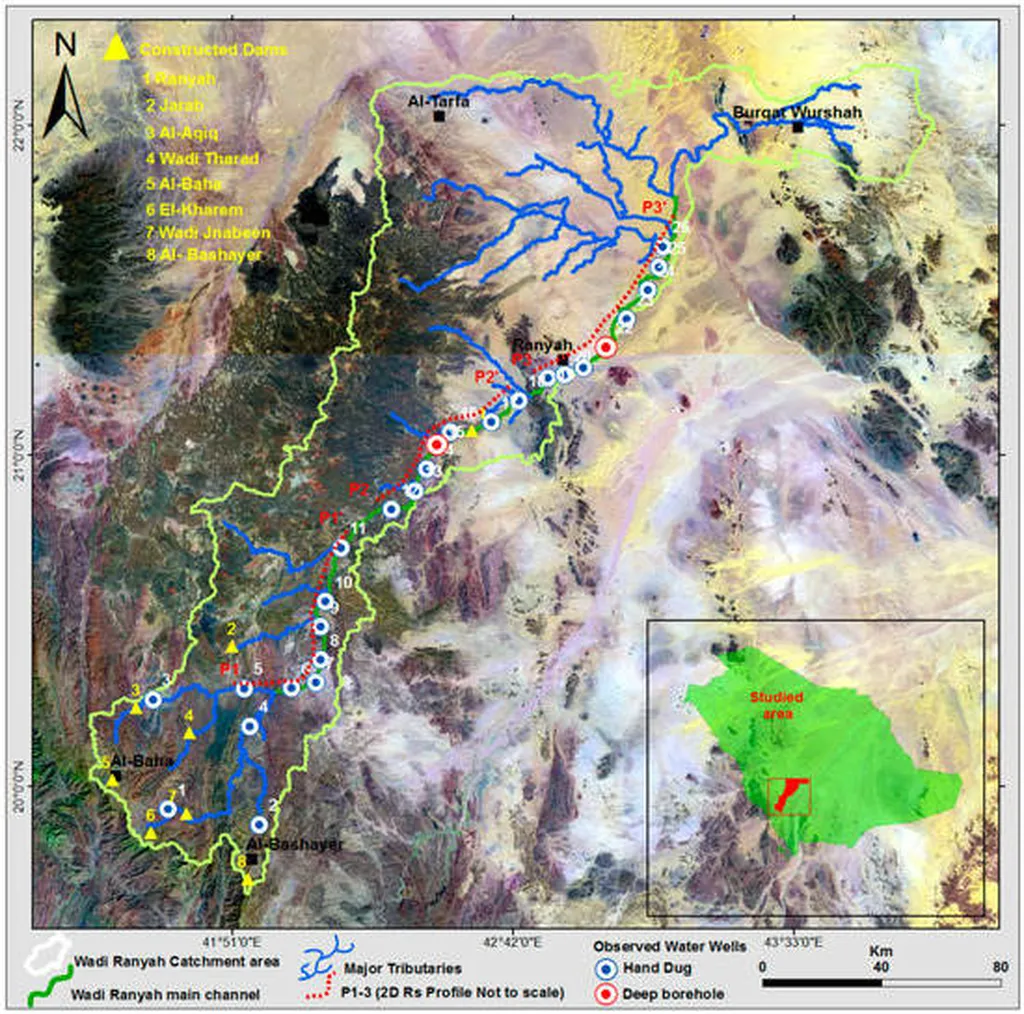In the quest for sustainable water management, understanding groundwater recharge is paramount. A recent study published in *Frontiers in Water* (which translates to *Frontiers in Water* in English) sheds light on the global application of geophysical survey methods, offering valuable insights for the energy sector and beyond. Led by Nawab Ali, the research comprehensively analyzes the use of electrical resistivity tomography (ERT), electromagnetic (EM), and ground-penetrating radar (GPR) methods to estimate groundwater recharge zones.
Groundwater is a critical resource, not just for agriculture and drinking water, but also for energy production. Geothermal plants, for instance, rely heavily on a steady supply of groundwater. Accurate estimation of groundwater recharge can therefore significantly impact the energy sector’s planning and sustainability efforts.
The study screened and analyzed 93 papers, providing a global perspective on the application of these geophysical methods. It revealed that temperate zones lead in geophysical surveys, driven largely by agricultural interests. However, there’s a rising trend in mountainous and arid zones, indicating a broadening scope of application.
“Each geological setting presents unique challenges and opportunities for geophysical methods,” Ali explains. The study found that ERT is the most favorable method, followed by EM and GPR. However, factors like subsurface heterogeneity and highly conductive soils can reduce resolution and distort signals, affecting data quality.
Ali further noted that “resistivity and EM measurements are affected by salinity, while GPR signals are influenced by saturation.” Additionally, poor electrode-ground contact, topography, seasonal variability, frequency, and cultural noise can all impact the effectiveness and repeatability of these methods.
The research underscores the importance of careful method selection and planning, tailored to diverse geological settings. This can enhance the precision of groundwater recharge estimation, ultimately benefiting sectors like energy that rely on this vital resource.
As the world grapples with climate change and water scarcity, such insights become increasingly valuable. This study, being the first of its kind to offer a global perspective, paves the way for future research and more informed decision-making in water resource management.
In the energy sector, this could translate to more sustainable and efficient operations, better risk management, and improved planning for water-intensive processes. As we strive for a more sustainable future, understanding and managing our groundwater resources effectively is not just beneficial—it’s imperative.

